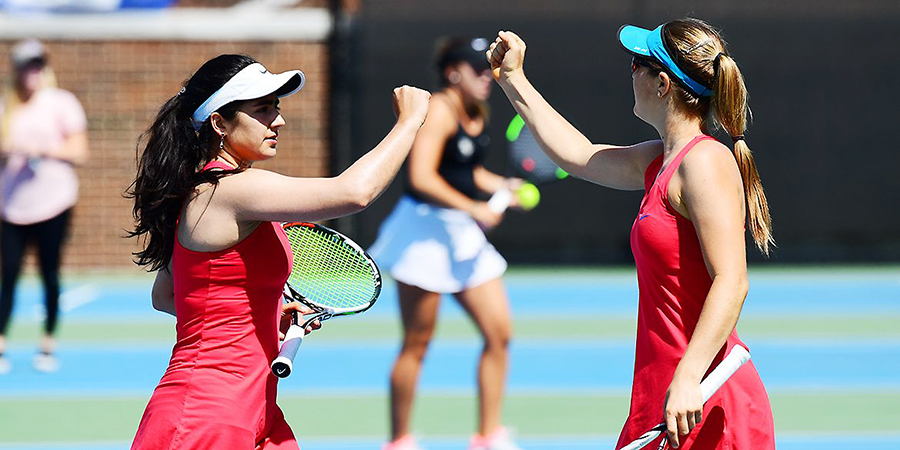The United States Tennis Association (USTA) and the Intercollegiate Tennis Association (ITA) have entered into a new strategic alliance that formalizes the two organizations’ ongoing collaboration to strengthen and elevate collegiate tennis.
The alliance between the sport’s national governing body and its college coaches association brings greater focus and resources to new and existing initiatives that the two organizations believe will not only benefit college tennis but the entire tennis ecosystem.
“College tennis is an aspirational dream of so many of our youth players and a connective tissue of the tennis pathway, helping to ensure that players stay in the game for life,” said USTA CEO and Executive Director Mike Dowse, who will join the ITA’s Board of Directors. “This alliance will build on the great work the USTA and the ITA have already been doing to solidify a bright future for all of those who go on to play at the collegiate level.”
“College tennis, with 1,250 colleges and universities, 1,700 programs, 3,000 coaches, nearly 20,00 student-athletes, and 1,400 officials, is viewed as a leader in the world of intercollegiate athletics and this new alliance between the USTA and the ITA, as the national governing body of college tennis, will only strengthen this important role,” said ITA President and CEO Timothy Russell. “Our sport is strong because many people and organizations are working hard and smart each day on its behalf. The future is now even brighter given the wide-ranging comprehensive programs that the ITA and USTA will implement together.”
One of the core tenets of the agreement is the commitment to pilot a new local and regional competition model that will make the American competitive pathway more efficient and effective, connecting American juniors, college and entry-level professional players. These new tournaments will be modeled after the 2020 ITA Masters event in San Diego, CA and will allow regular play between collegiate players and the top junior players across the country in locations that will minimize the financial burden of extensive tournament travel.
Another component that has been identified as an area of emphasis is engaging with colleges and universities to open their varsity tennis facilities to the public.
College tennis programs are one of the few collegiate sports that have the ability to turn their primary competition space into a community Hub, by hosting private and group instruction, tournaments for all ages and abilities, USTA League play, and coach education workshops and community service offerings. This will not only create a new revenue stream for the school’s athletics department, but will also help foster a connection between the tennis program and the school’s student body, faculty, staff, and the local community. The USTA will assist each of the community hub locations with integrating various programs and initiatives to ensure tennis reaches new audiences and is delivered at a high level to local players of all levels.
The ITA and USTA are also committed to raising the standards of coaching with initiatives that include an emphasis on certifying college coaches and current college players who often transition into coaching and teaching. There will also be an extension of a number of existing coaching education and mentorship programs, with an emphasis on growing the number of women and minority coaches, with money to drive participation by a diversity of coaches in the ITA Coaching Education Program and to help ensure better representation of diverse coaches at the annual ITA convention.
Photo courtesy USTA
















